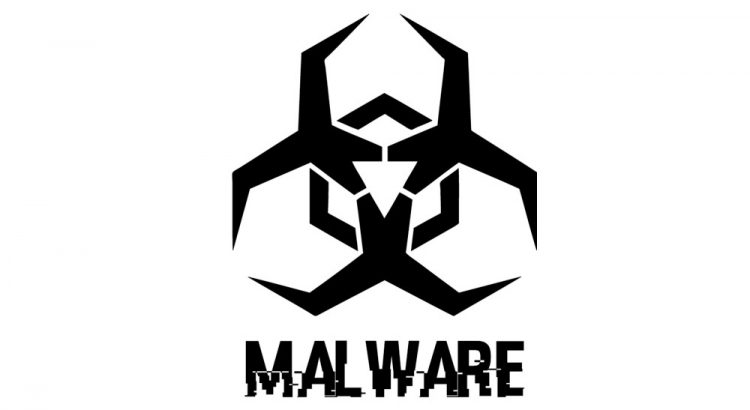Many of us seldom think about who—or what— is watching us as we browse the internet. Many websites make use of cookies, which are snippets of code that help keep track of data such as passwords or shopping cart items while you browse the site. While cookies are mostly harmless, similar technologies can be deployed […]
